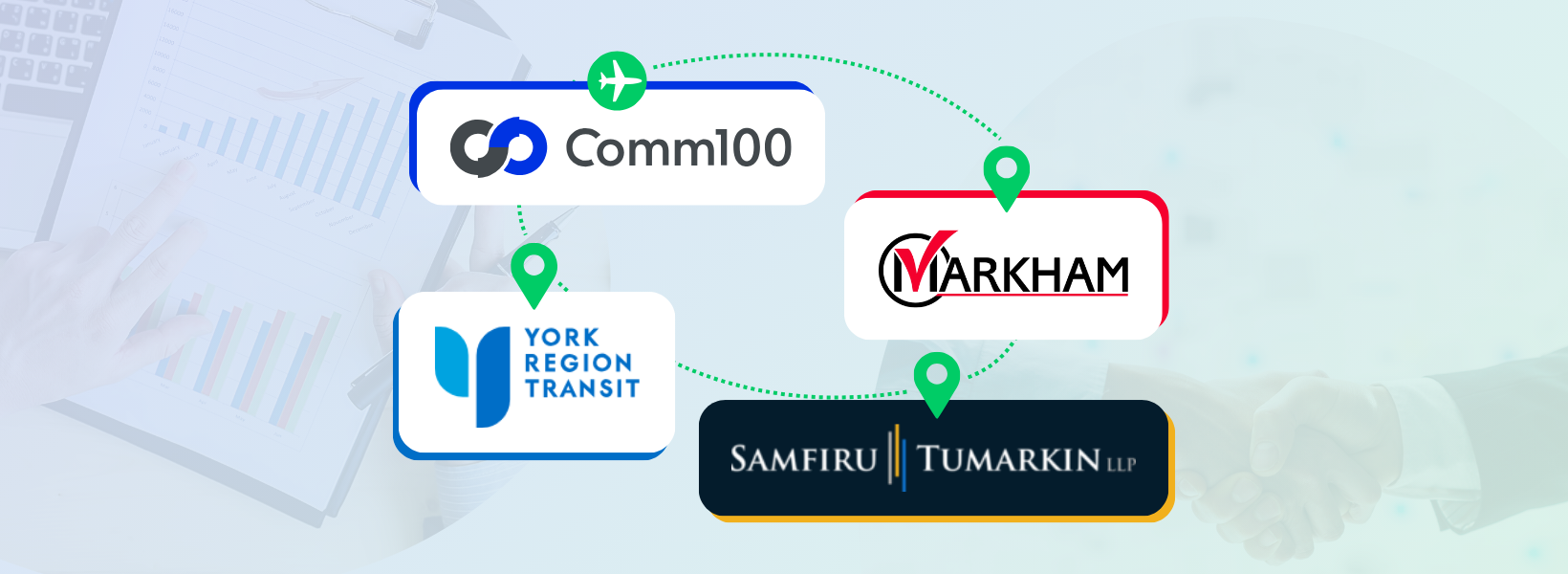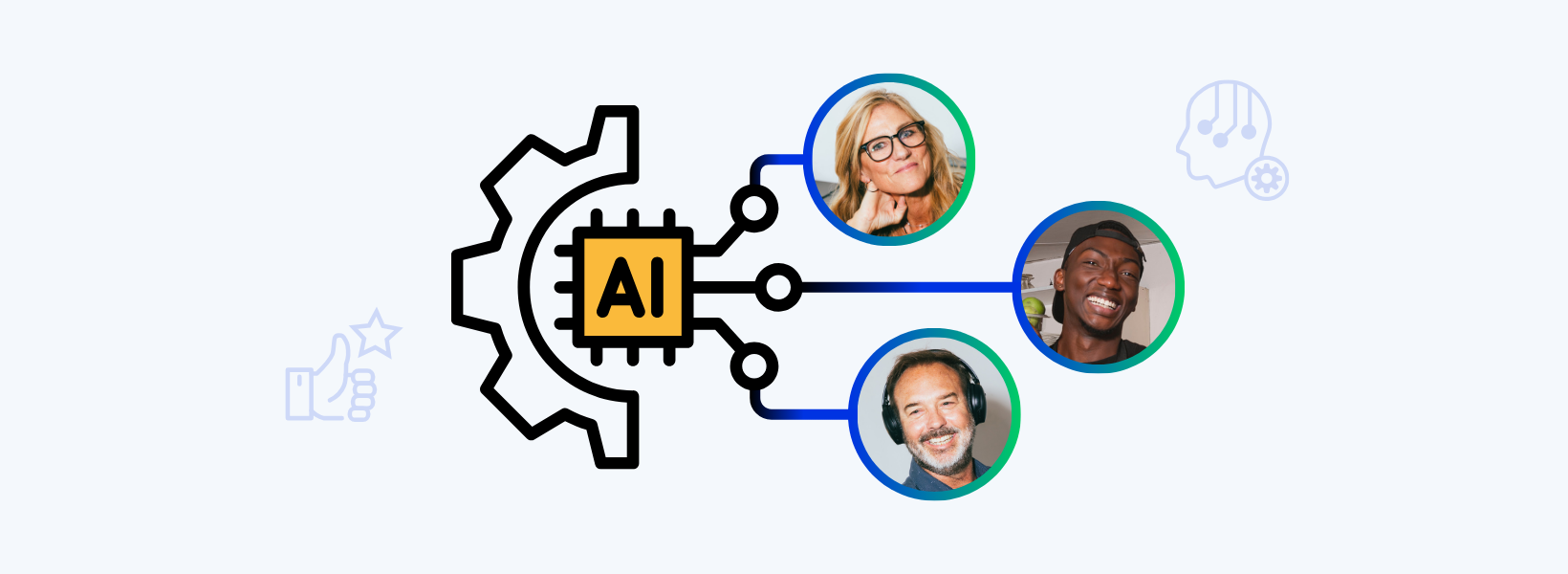Delivering the perfect customer experience on every occasion across all your touchpoints is no easy feat. With increasing customer expectations and the rise of new support channels, customer service complaints are inevitable – but this doesn’t mean they’re irreparable.
There are many common grievances that your agents will hear directly from the customer: “I’m sick of being put on hold”, “Why is my delivery late?”, or “I want to make a complaint”. Yet there are many more issues that your agents may not hear but are just as detrimental to CX and need to be addressed.
This blog focuses on one key complaint that almost every customer support team hears, and reveals how you can tackle it with grace and efficiency: “I hate being passed between agents and having to repeat my query every time.”
Discover the full list of top customer service complaints and how to resolve them here.
What’s the problem?
Many companies have a huge design flaw in their CX journey, and it’s that handoffs are considered an unavoidable part of the job. The status quo in customer service dictates that it can take a few jumps to get customers where they need to go, so team leaders often throw their hands up in defeat. Handoffs are just an occupational hazard, right?
No! Every time a customer is passed from one agent to another, you risk annoying them, damaging your brand image, and even losing a sale. The reason most handoffs occur is because teams are working in siloes, disconnected from one another and lacking relevant information. As a result, funneling queries to the most appropriate agent is incredibly difficult, as is providing them with not only the context of the query, but the information they need to resolve it…
What’s the solution?
To ensure that your customers don’t need to repeat their query to more than one agent, you need a customer service platform that can provide the following three tools:
1. Intelligent routing
When a customer reaches out, you can automatically route them to the correct department or agent to resolve the query based on pre-existing customer data or through a pre-chat survey.
A pre-chat survey including simple drop-down menu for the customer to identify the nature of their query is all you need to direct the request to an agent best positioned to help. Alternatively, by using customer data stored within your customer support platform, you can automatically route chats based on a wide range of variables. This includes customer location, webpage visits, channel source, product, account data, agent skillset, customer segment, and many more.
Recommended reading: 5 Easy (and Effective) Routing Rules for Omnichannel
Before the conversation even begins, the customer is automatically directed to an agent who can best resolve their query, making it unlikely that the customer will get passed on to another agent and have to repeat themselves. Happier customers and more efficient support – it’s a win-win!
2. Cross-channel insight
If you use intelligent routing and the customer reaches out to your support team for the first time, then there’s no danger of the customer having to repeat themselves. But what if they have contacted you before? And what if they contacted you on a different channel, initially sending an email and then messaging you on live chat for a faster response? If your channels aren’t connected, then the live chat agent will have no knowledge of the previous conversation and will inevitably (and unknowingly) ask the customer the same questions they have already given answers to over email.
An omnichannel customer service platform solves this issue in two key ways: first, the customer’s data is clearly displayed within the agent console, from previous purchases and downloads to location and device information. This allows your agents to get instantly familiar and deliver the personalized, fully contextualized service your customers expect.
Second, and more importantly, every digital support channel you offer (and the conversations within them) are connected within an omnichannel platform. This means that even if a customer switches between several channels, they won’t ever need to repeat their issue because the agent will have their full cross-channel conversation history right in front of them. No second-guessing, no hunting for information across platforms – just efficient, helpful, and accurate support.
Wrap-up
In our digital-first marketplace, channels are growing and evolving fast. The potential to grow with these channels and to connect with customers in new and exciting ways is vast – but it also creates more opportunities for missed or poor connections with your customers.
Omnichannel customer service is the solution to this challenge, improving the customer experience by improving the agent experience. Find out the other top customer service complaints and discover how omnichannel tools and strategies will help you resolve these issues and take your customer (and agent) experience up a level.
Email, Social Media & SMS
Manage all your customer inquiries from email, social media, and SMS on one robust and easy-to-use platform. You’ll wonder why you never did it this way before.
Learn more
Comm100 Social & Messaging







